Since 2013, Connecting Country, local Landcare, and other community groups have organised a free ‘Camp Out on the Mount’ event on Leanganook/Mount Alexander. This year, to reduce the risk of having to cancel or reschedule, they have decided to jump the gun, get creative and plan for a virtual ‘Camp Out on the Mount’.
When: 3 – 18 April 2021
Where: Online at www.connectingcountry.org.au/landcare/camp-out-on-the-mount-2021/
Asha Bannon, Mount Alexander Region Landcare Facilitator, says, “We hope to capture the ‘Camp Out on the Mount’ spirit by encouraging everyone to engage with our special ‘Camp Out 2021’ web pages, and inviting you to contribute to our ‘Camp Out Collage’.”
Each web page focuses on one of the elements that make the Camp Out special: ‘Camping out’ (of course!), ‘Caring for the land’, ‘Loving Leanganook’, and ‘Connecting with Indigenous culture’.
For each contribution you make to the ‘Camp Out Collage’ you will be entered into the draw to win one of several special prizes (maximum four entries per person), including a nest box, tubestock plants, and a native plants book bundle. Please note that you are only eligible to win the prizes if you live in Australia, and some of the prizes (such as the nest box and plants) will only be available for properties in the Mount Alexander region (central Victoria).
Anyone and everyone is welcome to participate, so hop online and join the fun! If you have any questions, please contact asha@connectingcountry.org.au
This event was made possible by the Victorian Landcare Facilitator Program, funded by the Victorian Department of Environment, Land, Water, and Planning.

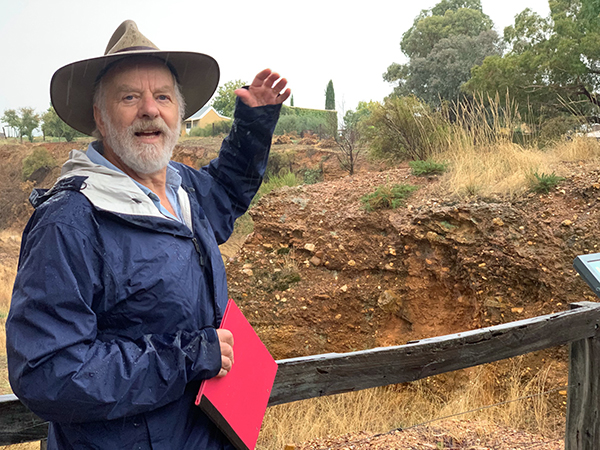
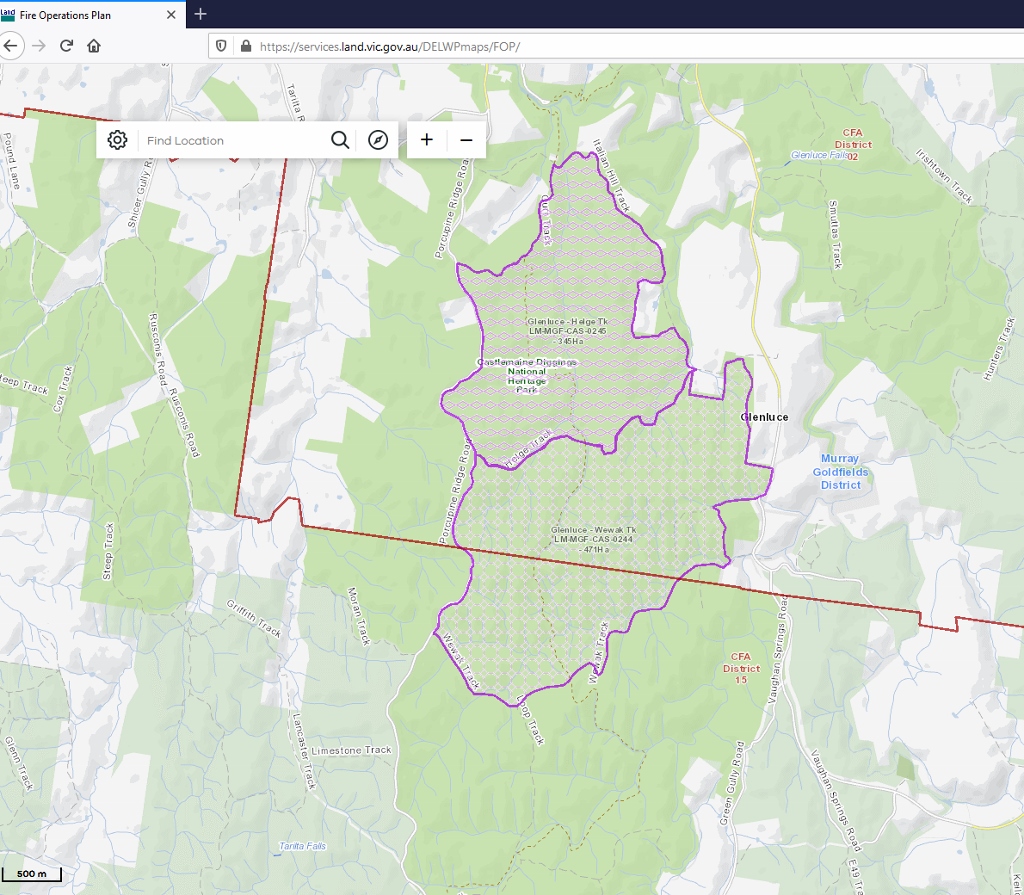
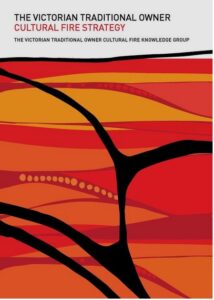
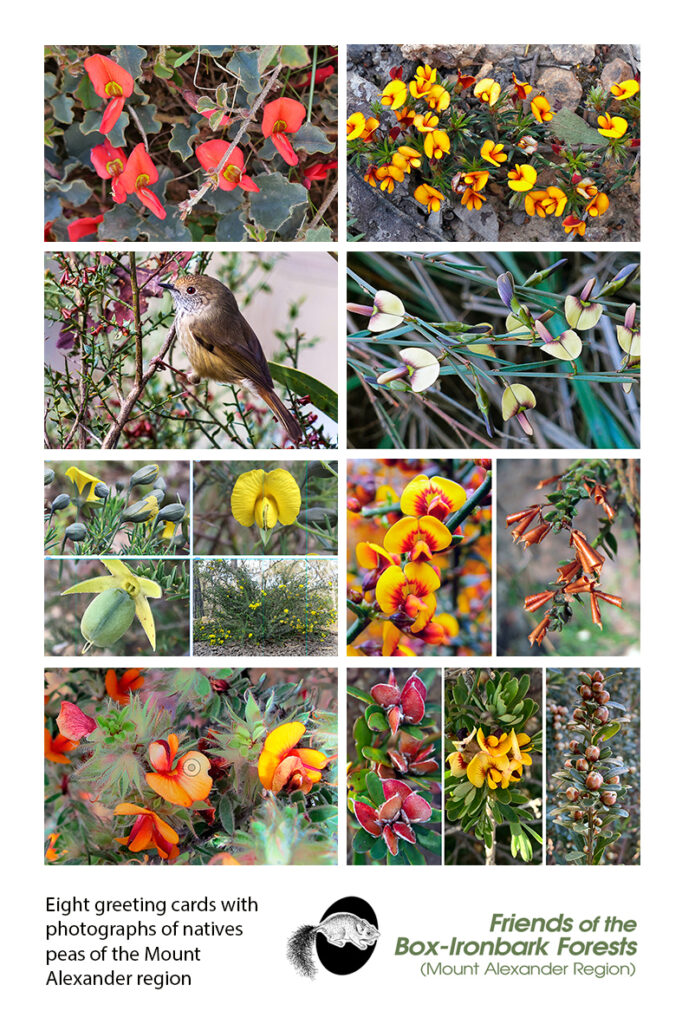
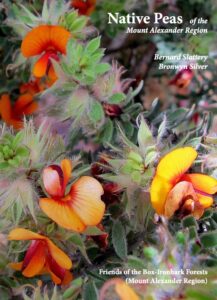



 Click on image for info/order page
Click on image for info/order page Click on image for info/order page
Click on image for info/order page Click on image for info/order page
Click on image for info/order page




















